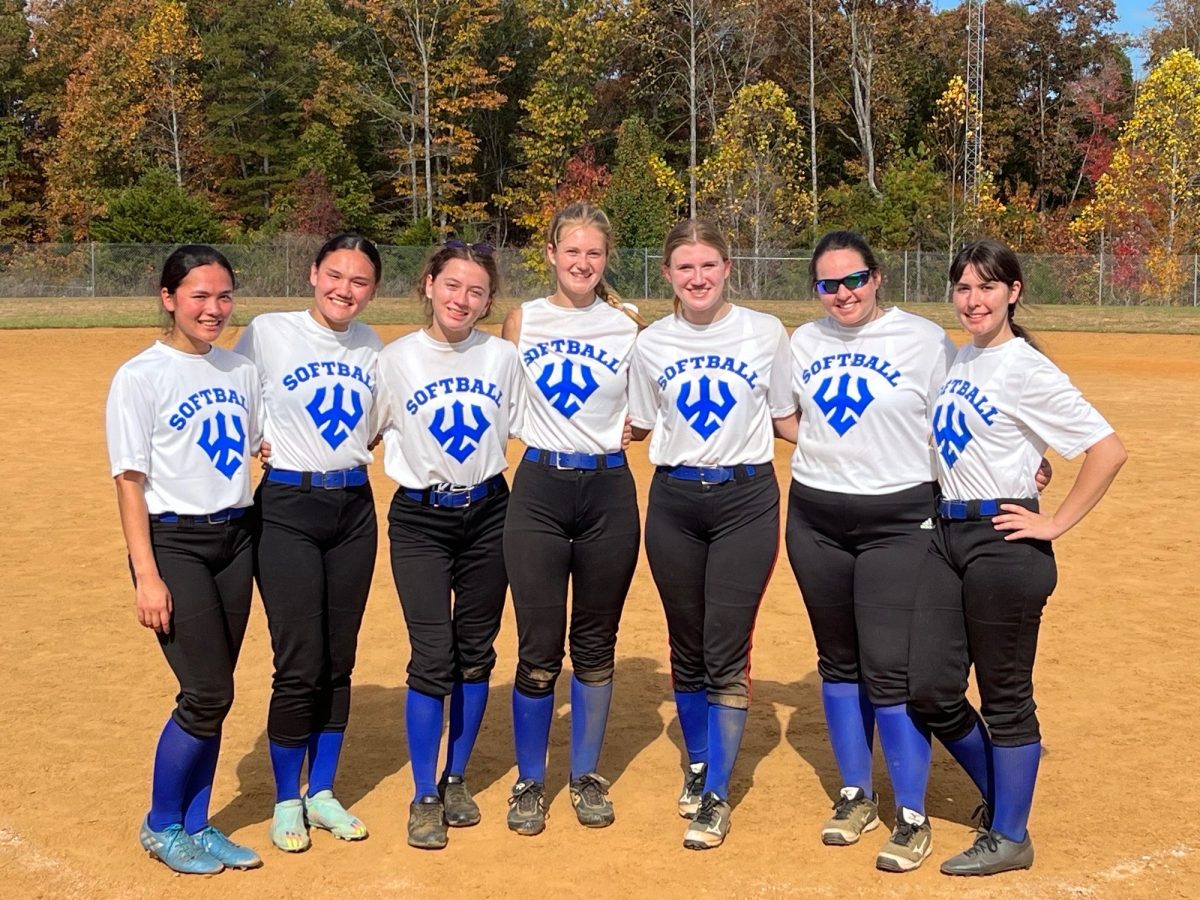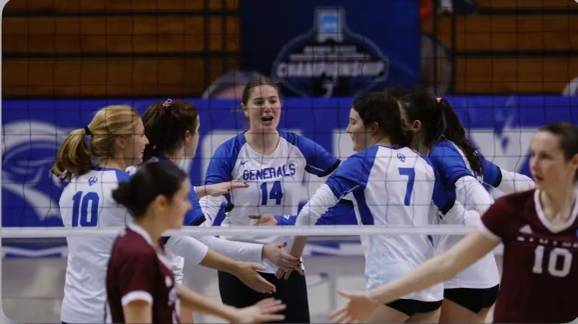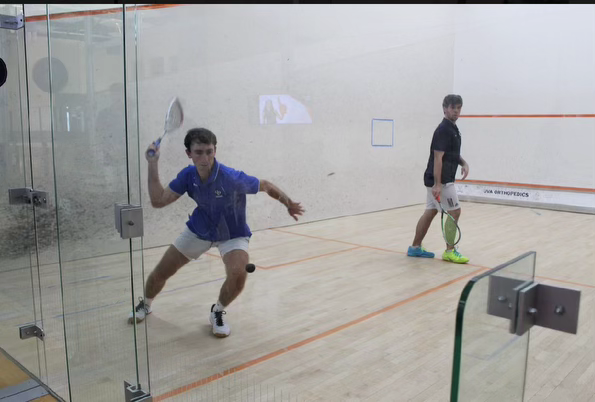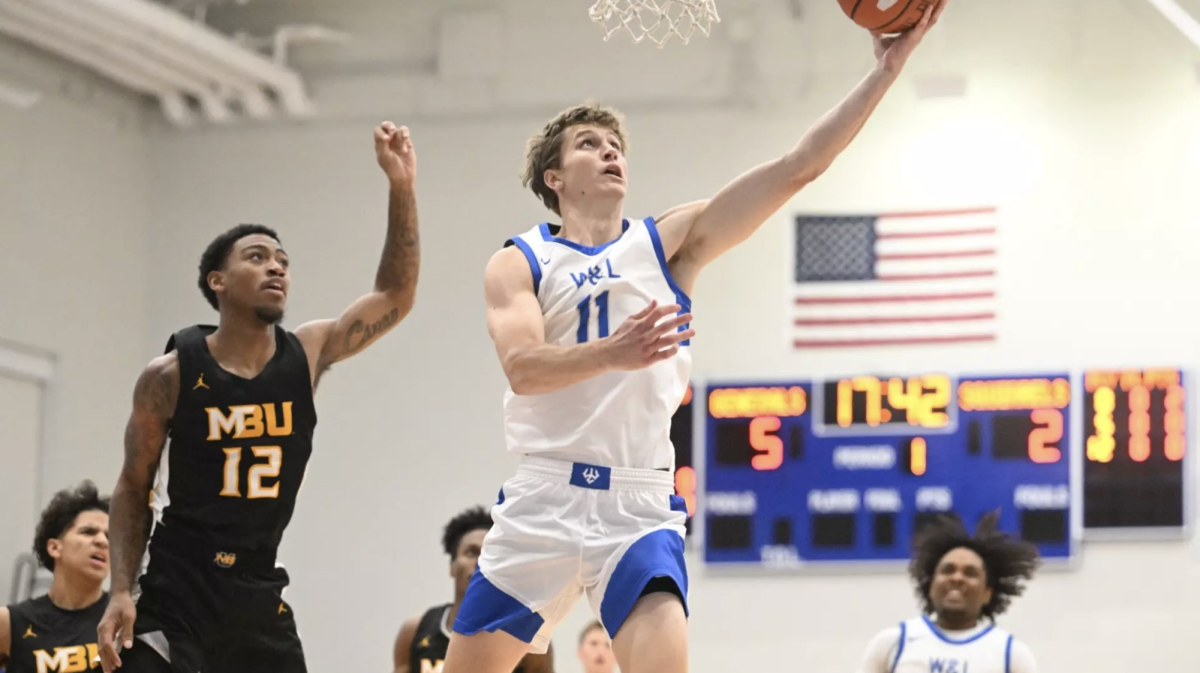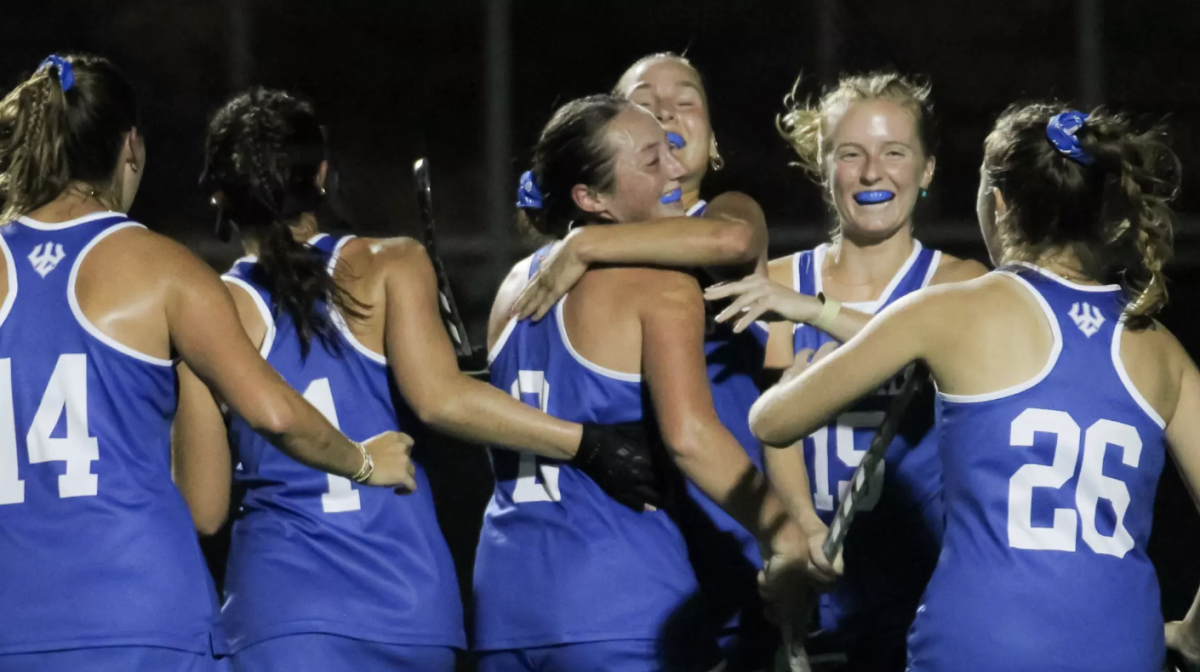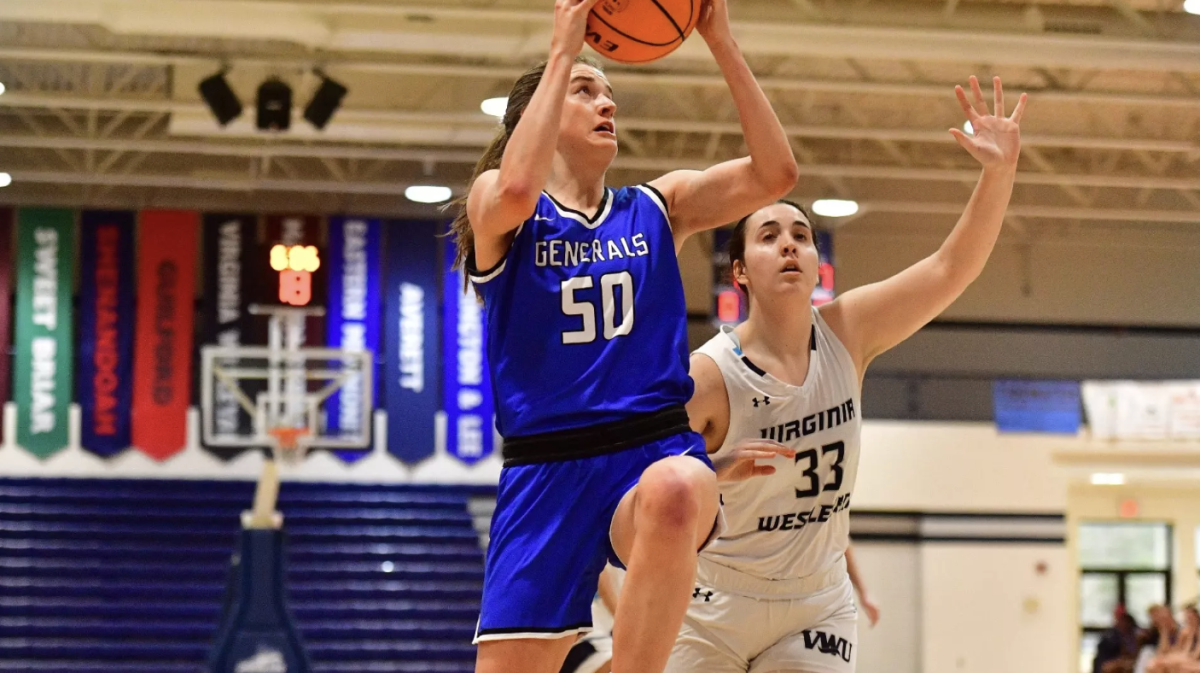Washington and Lee University first started to push for a varsity softball team in 2001, but that effort fizzled amid low student interest, Athletic Director Jan Hathorn said.
Twenty-three years later, those efforts are picking up again, starting with plans to build a softball field and put together a club softball team.
The university’s strategic plan has reserved land next to the baseball field for a future softball field. However, the school is waiting on enough donations to cover three-quarters of its $3-4 million cost before serious planning can occur, Hathorn said.
“I’m really hopeful and optimistic that it won’t be too long before we’ll have serious conversations about moving forward,” she said.
While construction for the softball field is unlikely to hit its projected 2025-2026 start time, student-led efforts on campus encourage student interest. Last year, Adelaide Loving, ’25, created a club softball team. She hopes to motivate others to love the sport she has played since she was five.
“I’m the treasurer, the captain, the coach, and also a player,” Loving said.
The team consists of eight players ranging from beginners to seasoned pros. They practice on Wednesday evenings and Saturday mornings at the field hockey field and Brewbaker Field. Most recently, the team organized practice at Southern Virginia University on selected weekends.
A challenge of being a club team is traveling, Loving said. To play another school, Washington and Lee’s club team must travel at least an hour and a half from campus. Because of the long drive, teams want to play double-header games.
But Loving said that’s not possible, because the team is one player short and can’t pitch two games in a row.
When the school creates a varsity program, club softball will be invited to try out for the team if they choose, said Associate Athletic Director Bethany Dannelly. However, Loving said she worries that by the time a program is established, there won’t be much of a team left. Currently, the team is mainly juniors and sophomores.
“I have been a little bit disappointed to not have as much support or encouragement from administrators,” Loving said. “There’s only so much advertising and stuff I can do on my own. I’ve tried to get information from admissions and that sort of thing to find people who would be interested in joining.”
Efforts to build a varsity softball program are intended to help with the school’s Title IX compliance, Dannelly said. Title IX is a federal civil rights law that prohibits sex-based discrimination in school athletics.
One of Title IX’s pillars is effective accompdation of students’ athletic interests and abilities. Adding another sport to women’s athletics would allow the school to meet that requirement, Hathorn said.
Abby Moore, ’25, plays on the club softball team. She was surprised to learn that Washington and Lee is one of the few Division III schools without softball. It is also the only college in the Old Dominion Athletic Conference without it.
About 90% of DIII schools have softball programs, according to Next College Student Athlete’s site.
Washington and Lee’s undergraduate program became co-ed in 1985, and today roughly 51% of the student body is female, according to university statistics. The first women’s college athletic programs, soccer and lacrosse, were introduced in 1987, Hathorn said.
In 2017, the athletics subcommittee of the Strategic Planning Committee included a softball field in their recommendations according to Hathorn. The plans were vetted by the committee and approved by the upper administration. The concept of a softball field was added to the 2018 campus master plan and then to the latest version, the 2021 plan.
“It doesn’t mean it’s going to happen right away, but if it’s in the strategic plan, it is going to happen,” Hathorn said.
Creating a new team will take a lot of work and time, Dannelly said. The school must first hire a softball coach, recruit athletes for one year, and take time to develop the team. The ODAC league is very competitive, with four schools regularly ranked in the country’s top-25. Washington and Lee’s team must develop for several years before playing successfully at that level, Dannelly said.
Dannelly thinks that Washington and Lee’s future softball program will attract competitive players looking to study at an academically rigorous institution. She also thinks that a team will help increase diversity at the school.
Sarah Lathrop, ’25, who plays on the varsity soccer and club softball teams, agreed.
“There are so many young girls across the country who want to play their sport in college,” Lathrop said. “It would be incredible for Washington and Lee University to offer more opportunities for women’s athletics through the creation of a varsity softball program.”



